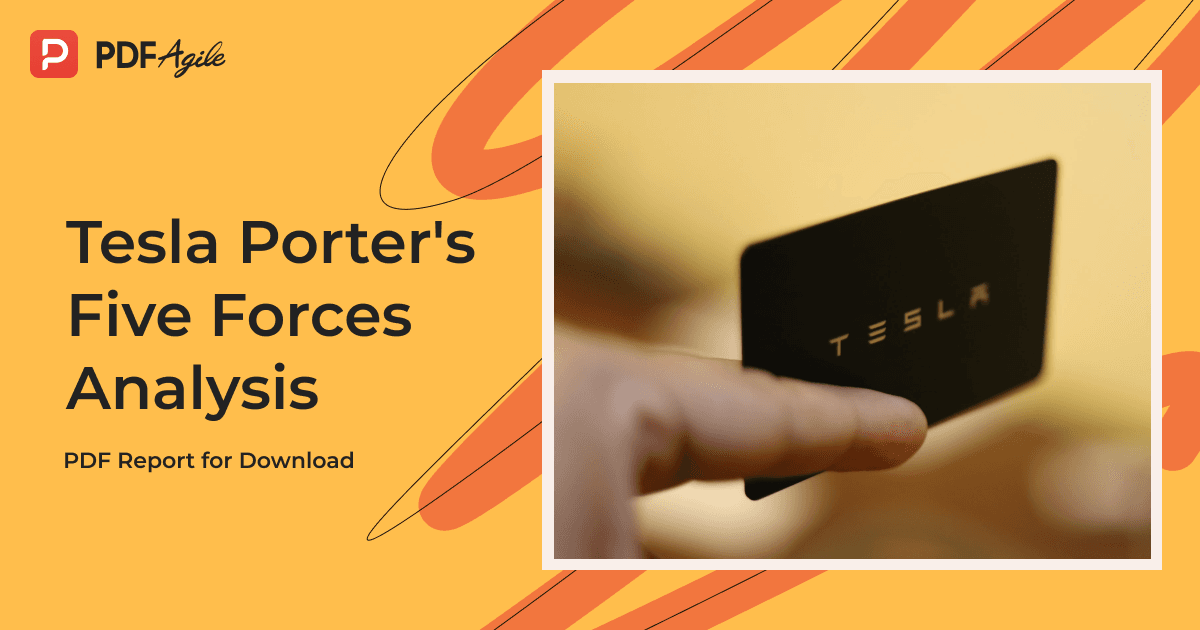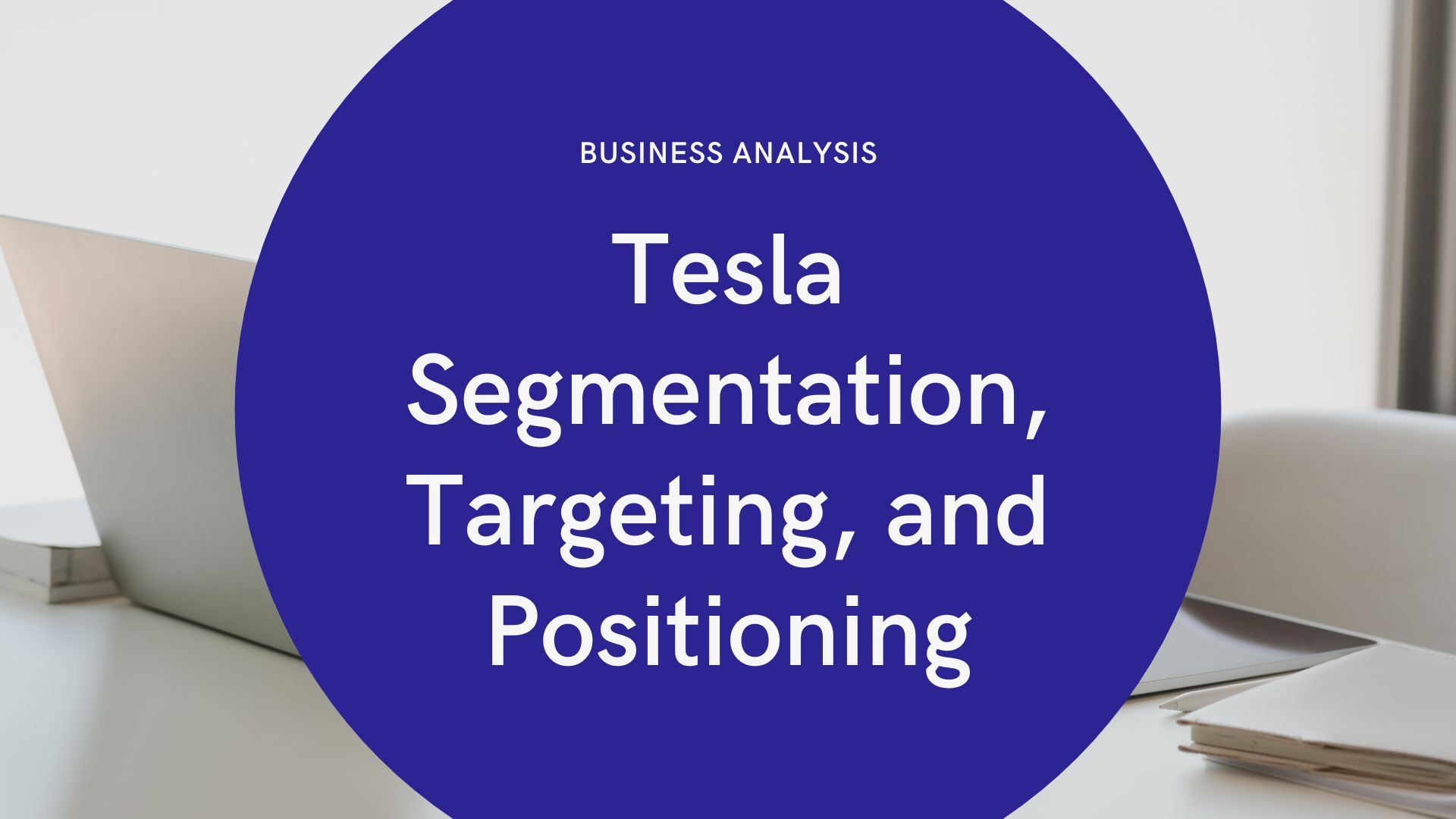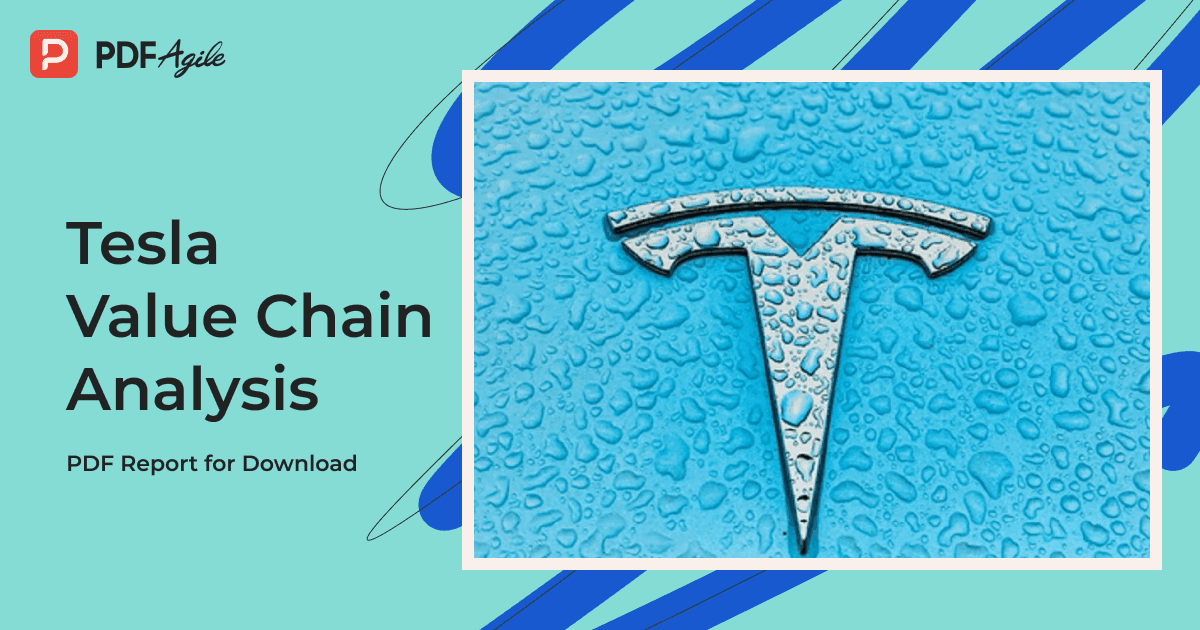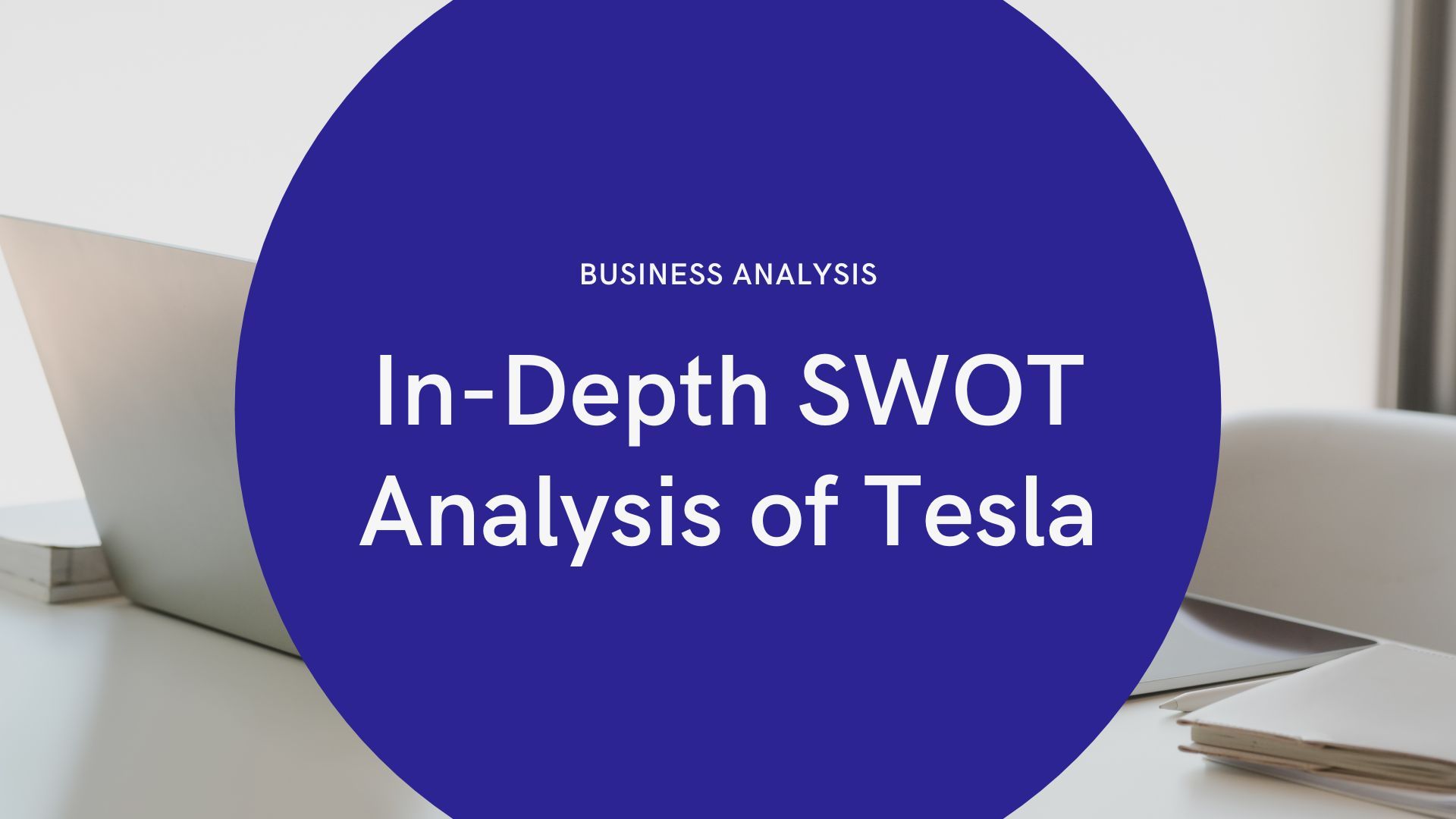To identify competitors and determine how dominant they are, most companies use Porter’s Five Forces Analysis. The model helps determine how a given company competes in its industry based on five forces. We will discuss these in our Tesla Porter's Five Forces analysis article. Tesla is an international company that builds sustainable electric vehicles. You need to know how Tesla performs in its industry to see how capable it is of achieving its mission.
Background of Tesla
Tesla, Inc. is an American manufacturing company. It makes electric vehicles, car batteries, home power storage, and solar panels. At the point of its foundation in 2003, by Martin Eberhard and Mark Tarpenning, its name was Tesla Motors. In 2017, the name changed to Tesla, Inc. Named after Nikola Tesla, the company’s current CEO is Elon Musk (from 2008 until now). Tesla’s first electric sports car (Roadster) emerged in 2008 before Eberhard resigned as CEO.
Tesla Porter's Five Forces
Tesla has a high stock valuation and a pretty small market share. As successful as Tesla is, one wonders if its business model could sustain it in the long run. How does it remain competitive regardless of its small market share? We will discuss Porter's Five Forces Tesla analysis next.
Competition in the industry – Strong Force
The intense rivalry comes from new companies and competitors who use product differentiation and pricing strategies. The external forces leading to strong competitive rivalry include:
- Several existing local and global automobile brands are– strong force
- New entrants and traditional automakers producing electric cars – Strong force
- Digital technology growth and proliferation – strong force
Equally capable global automobile companies spend lots of money on their research and development activities, marketing, and customer relationships. Companies within the industry are keeping pace with advancing technology and digitalization, giving Tesla more headaches.
Tesla is already taking action to stay competitive. For instance, in 2020, Tesla spent 1.5 billion dollars on research and development work. Although Ford, BMW, Toyota, and Volkswagen are doing the same, Tesla’s competitive advantage remains intact.
Besides injecting more capital into the R&D department, Tesla also uses innovation, strong social media presence, differentiation, and vertical integration to survive the intense competition.
The threat of new entrants (weak force)
In our Tesla industry analysis using Porter’s Five Forces, we can categorize the threat of start-up businesses to Tesla as weak. Contributing external factors are:
- High entry barriers, including capital constraints – weak force
- Less industry knowledge and lack of qualified personnel – weak force
- Odds of buyers switching to a younger brand are low – weak force
As the global leader in mass production of plug-in electric-powered cars, Tesla has a stronger foundation than any new player. The first thing that favors Tesla is that new entrants have to deal with several entry barriers. The capital shortage is always a block that prevents new companies from competing with Tesla.
The cost of setting up a robust infrastructure, building a supply chain, and advertising is often high for start-up businesses. Besides, these organizations lack economies of scale because of their inability to manufacture things in bulk. Companies like Tesla, BMW, Volkswagen Group, and Toyota can take full advantage of economies of scale.
It gets even harder for new entrants to compete with the likes of Tesla because they do not have adequate industry knowledge and expertise. Besides, the most competent employees want to work for Tesla rather than small players.
The bargaining power of suppliers (moderate force)
Tesla Porter's Five Forces 2021 analysis reveals moderate force from suppliers. The intensity of the external forces that leads to this moderate force includes:
- Medium-level supply – moderate force
- Many moderate-size suppliers – moderate force
- Suppliers’ limited ability to distribute and sell their products – moderate force
Tesla Inc has several global suppliers to avoid production delays and shortages of raw materials. For instance, Panasonic helps Tesla build batteries at the Gigafactory, ACG supplies windshields, Brembo provides brakes, etc. However, most of these suppliers are small to medium-size businesses with less influence in the automobile industry.
They cannot achieve forward integration that easily because of capital limitations. Their restrained ability to establish larger supply chains gives Tesla an upper hand. Tesla knows most of its supplies come from Germany, and any disruption there can negatively affect its business.
Hence, Tesla has built Gigafactory in the USA, Asia, and other parts of the world. This reduces the suppliers' bargaining power.
The bargaining power of customers (moderate force)
In our Porter's Five Forces Tesla, Inc. analysis, we can say that customers have moderate bargaining power. These external forces ensure this moderate force:
- Low cost of switching - strong force
- Low order volume – weak force
- Reasonable access to substitutes – moderate force
Tesla aims to reach people with medium or high incomes because it is in the high-end luxury market. It allows Tesla to avoid a whole group of lower-class buyers. The few middle and upper-class customers have low bargaining power if they switch to a competitor.
Tesla electric cars are more expensive; so, most households can afford only one or two models. But other companies are also beginning to build electric cars to provide cheaper options for customers. Thus, Tesla faces moderate force due to customers’ ability to access substitute products.
The threat of substitute products or services (strong force)
Tesla faces a high threat from substitutes because its total market share is only 1.2. Tesla’s brand loyalty is the only thing that might save it from this threat. External factors that fuel this strong force include:
- Low switching cost – strong force
- Many substitutes are available – strong force
- Not very good Performance of substitutes – moderate force
As you might know, low switching costs encourage competition. People who cannot afford Tesla or a fossil fuel engine car can use public transportation. Nevertheless, few people want to use buses, taxis, trains, etc. If most people had a choice, they would prefer a private car.
And in this case, a diesel or a gasoline car is cheaper than any of Tesla’s EVs. Still, people who want high-class diesel/gas cars can find them. Therefore, Tesla faces an intense force from substitutes.
Strategies for success
- Cost leadership
Tesla can spot and grab life-changing opportunities via its other company (SpaceX). Its agile organization structure allows it to be less rigid and respond to threats and opportunities at once. If it continues to innovate and boost its supply chain, Tesla will retain its competitive advantage and profitability.
- Differentiation
Tesla already takes advantage of the broad differentiation strategy. Look at how it cleverly chooses its niche market, how it uses the social media sites as the prime advertising strategy, and how unique its EV models are.
- Focus
Tesla uses a focus strategy in its choice of a niche market. It serves a high-end car luxury market, creates more innovative products than anyone else, and charges premium prices.
Key Takeaways
We have been discussing Tesla’s Porter’s Five Forces analysis. You have noted how the five forces impact the company’s competitive position in the automobile industry. Did you know that you can do Porter’s analysis for any company, including yours? With our Tesla Porter's Five Forces analysis (PDF for Download) | PDF Agile templates, you can do the analysis now. Just make sure you use PDF agile to convert your reports to PDF or other formats and vice-versa.
References
- Porter, M.E. (2008). The Five Competitive Forces that Shape Strategy. Harvard Business Review, 86(1), 25-40.
- Karagiannopoulos, G. D., Georgopoulos, N., & Nikolopoulos, K. (2005). Fathoming Porter’s five forces model in the internet era. Info, 7(6), 66-76.
- Dobbs, M. (2014). Guidelines for applying Porter’s five forces framework: A set of industry analysis templates. Competitiveness Review, 24(1), 32-45.
- O. E. Williamson, Markets and Hierarchies (New York: Free Press, 1975)
- Porter ME, 1980, "Competitive Strategy: Techniques for Analysing Industries and Competitors". The Free Press.
- Porter ME, "Towards a Dynamic Theory of Strategy", Strategic Management Journal 1991, vol. 12, 95-117.





